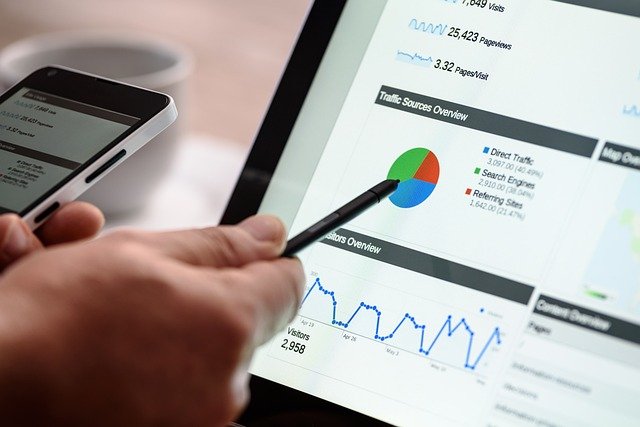Trigger-based email flows: when and how to use web events
Trigger-based email flows use web events to send timely, relevant messages that match user actions. This article explains when to rely on web triggers, how they support onboarding and lifecycle programs, and practical steps for segmentation, personalization, and testing to improve engagement.

Trigger-based messages respond to real user behavior on your website, app, or other touchpoints. When a customer adds an item to a cart, completes a signup, or abandons checkout, that web event can start an email sequence tailored to that moment. Proper use of triggers reduces irrelevant messaging, increases relevance through personalization, and aligns automation with business goals like retention, reengagement, and conversion.
How do triggers work with automation?
Triggers are specific web events—page views, form submissions, cart additions—that feed into an automation engine. An automation workflow listens for these events and then applies sequencing rules, templates, and timing controls to send email messages. This reduces manual effort in campaign management and allows for precise sequencing to match a customer’s journey. Automation tied to triggers also improves deliverability by sending emails when engagement probability is high, rather than on arbitrary schedules.
When to use web events for onboarding and lifecycle?
Use web-event triggers to kick off onboarding and lifecycle messages when a clear action signals intent: account creation, first purchase, or subscription changes. Onboarding flows sent after a signup can introduce features, collect preferences for personalization, and guide users toward value. Lifecycle triggers—like milestone purchases or inactivity—help maintain relevance through the customer lifecycle, enabling targeted reengagement and improving retention by addressing needs at the right moment.
How to apply segmentation and personalization?
Segment based on the attributes and behaviors captured in web events: product interests, frequency of visits, or referral source. Personalization layers—dynamic product recommendations, name fields, and contextual content—make trigger emails more relevant. Combine segmentation (broad groups) with one-to-one personalization (individual signals) so that an abandoned-cart trigger can surface items the user viewed while a browse-abandon trigger might highlight categories of interest.
How do templates, sequencing, and testing help deliverability?
Templates standardize design and ensure consistent messaging across trigger flows, while sequencing controls cadence to avoid inbox fatigue. Testing—A/B subject lines, timing windows, and template variants—identifies which combinations drive opens and clicks. Testing also helps maintain sender reputation and deliverability: sending well-received content at optimal times reduces spam complaints and increases engagement metrics that inbox providers use to evaluate messages.
How to use analytics for retention and reengagement?
Analytics tie web-event triggers to outcomes: open rates, click-through, conversions, and longer-term retention metrics. Monitor which triggers produce short-term conversions versus long-term retention. Use reengagement triggers for users who show inactivity signals—multiple site visits without conversion or long gaps between sessions—and measure uplift by cohort. Analytics-driven iterations improve targeting, message content, and sequencing over time.
Practical steps for triggers, templates, and sequencing
Start by mapping key events across onboarding, ecommerce, and account management. Prioritize high-impact triggers: signup, first purchase, cart abandonment, and subscription lapses. Build simple templates for each flow, then add personalization tokens tied to event data. Sequence messages with spacing rules—immediate acknowledgement, follow-up reminder, and final reengagement attempt—and instrument each step with tracking for testing and analytics.
To ensure consistent performance, include testing and monitoring in your process. Test subject lines, content blocks, and send windows, and use analytics to refine segmentation and personalization rules. Track deliverability metrics and unsubscribe or complaint signals to adjust cadence or content. Over time, iterating on templates and sequencing based on event-driven analytics will strengthen retention and reduce reliance on broad, untargeted campaigns.
Trigger-based email flows that use web events help align messaging with user intent. When you combine thoughtful segmentation, contextual personalization, template discipline, sequencing, and robust testing, trigger-driven automation can support onboarding, lifecycle management, reengagement, and retention in measurable ways. Regular analysis and iterative improvements ensure those flows remain relevant and respectful of recipients’ preferences.






